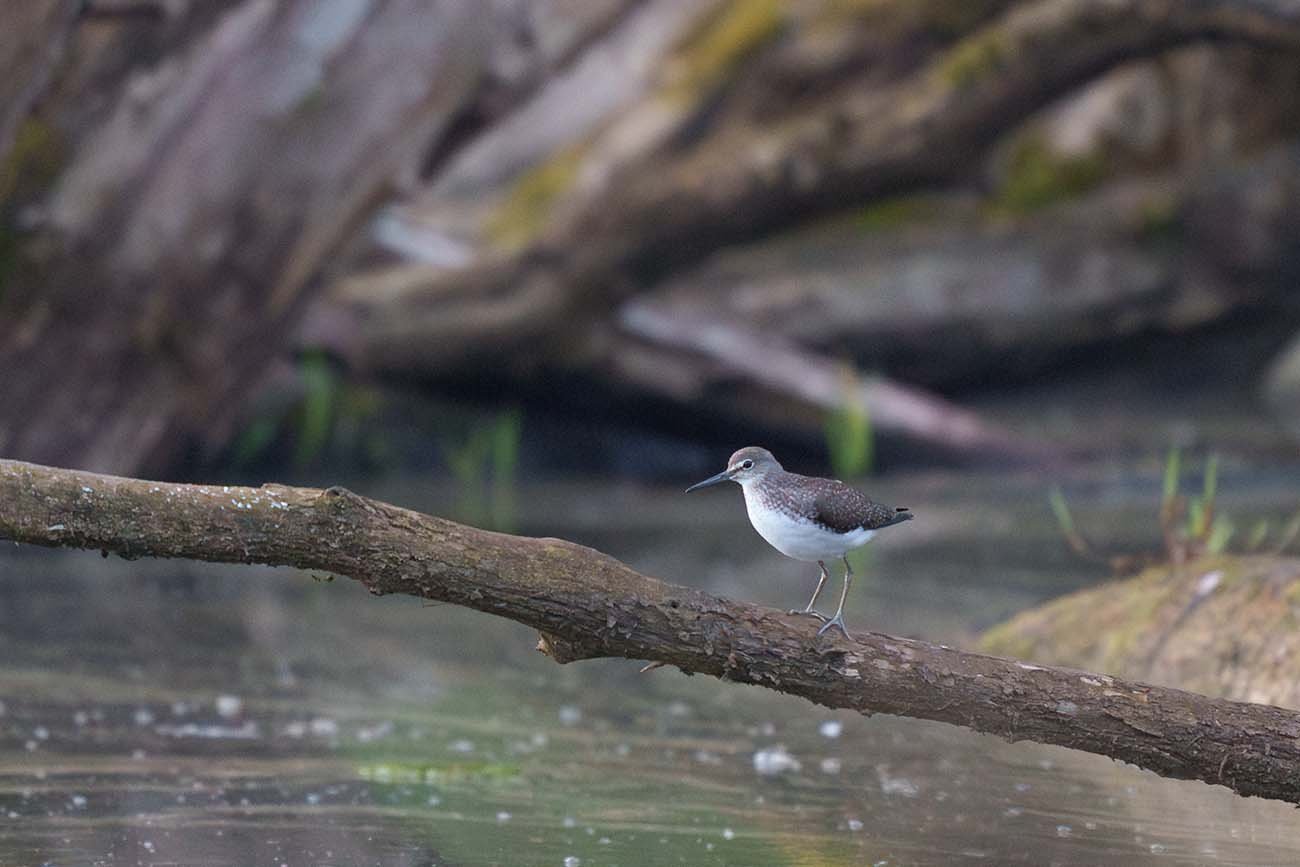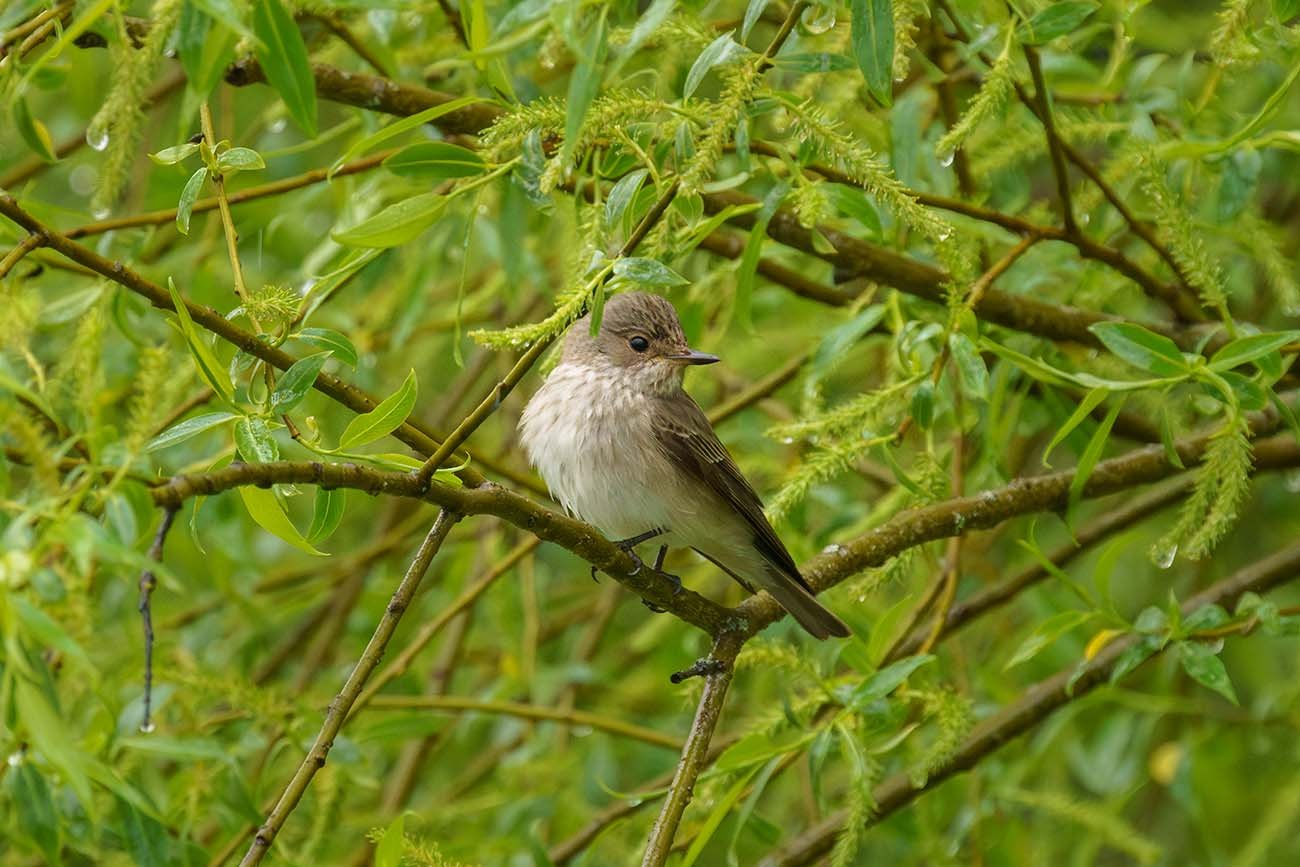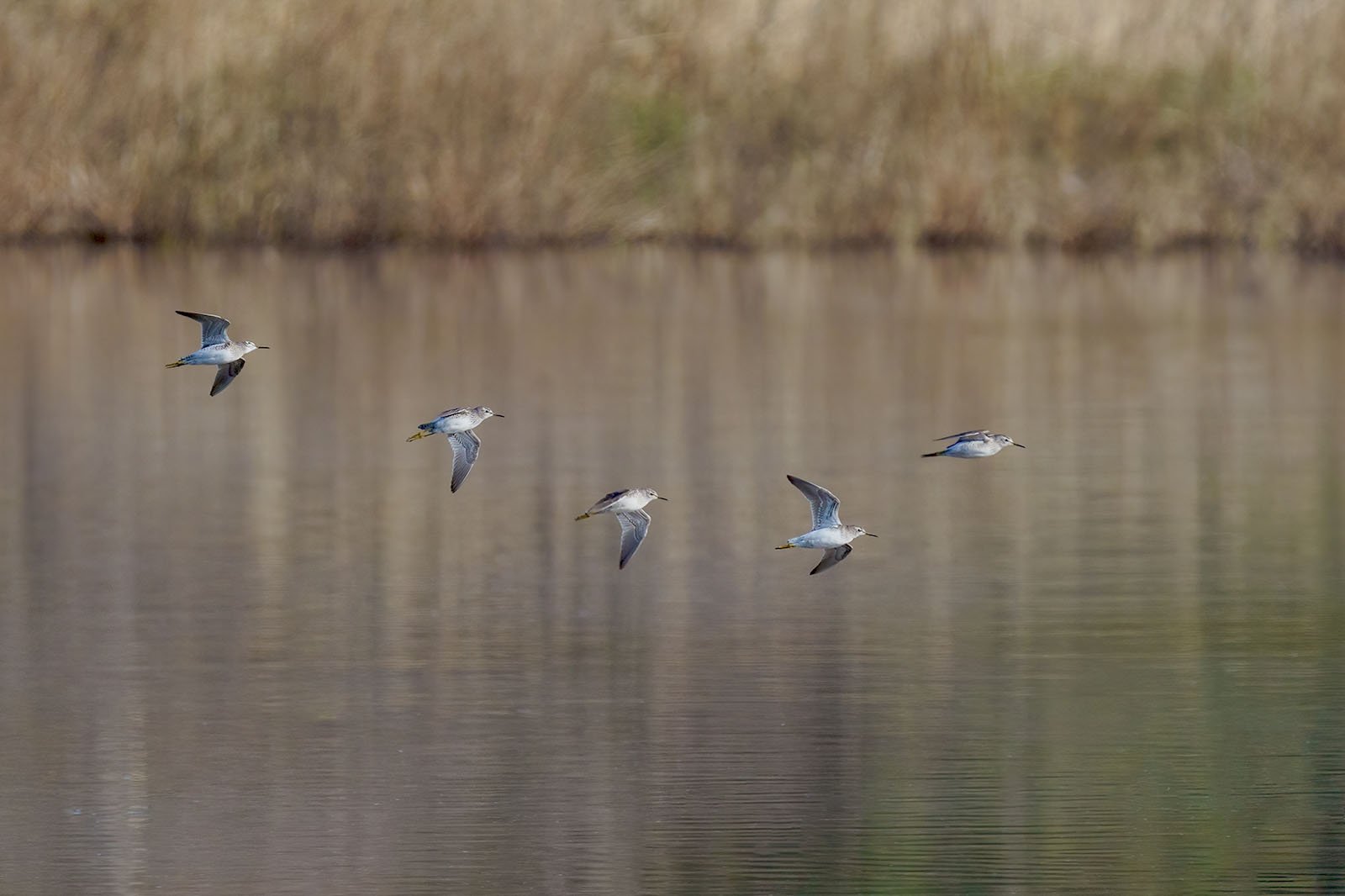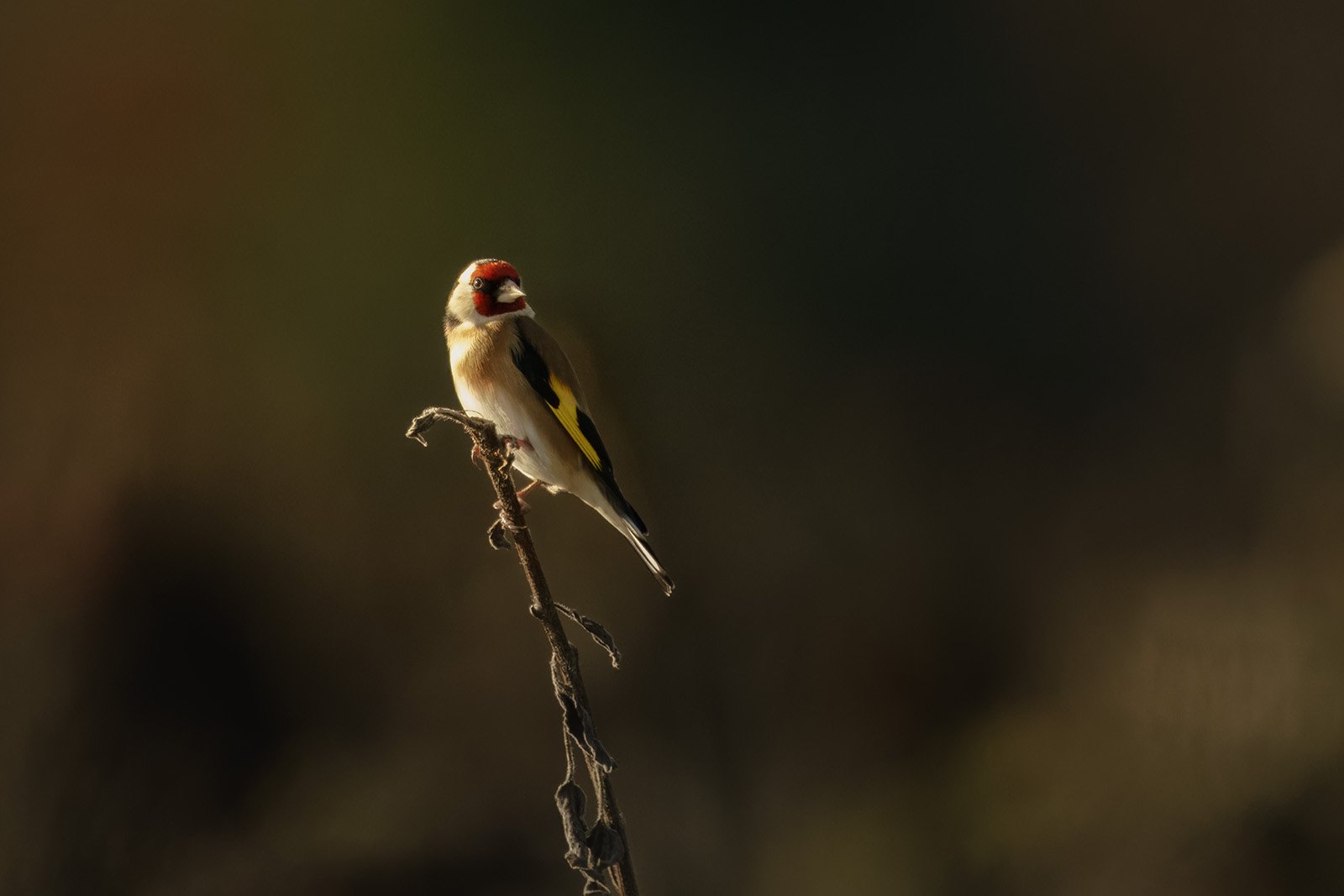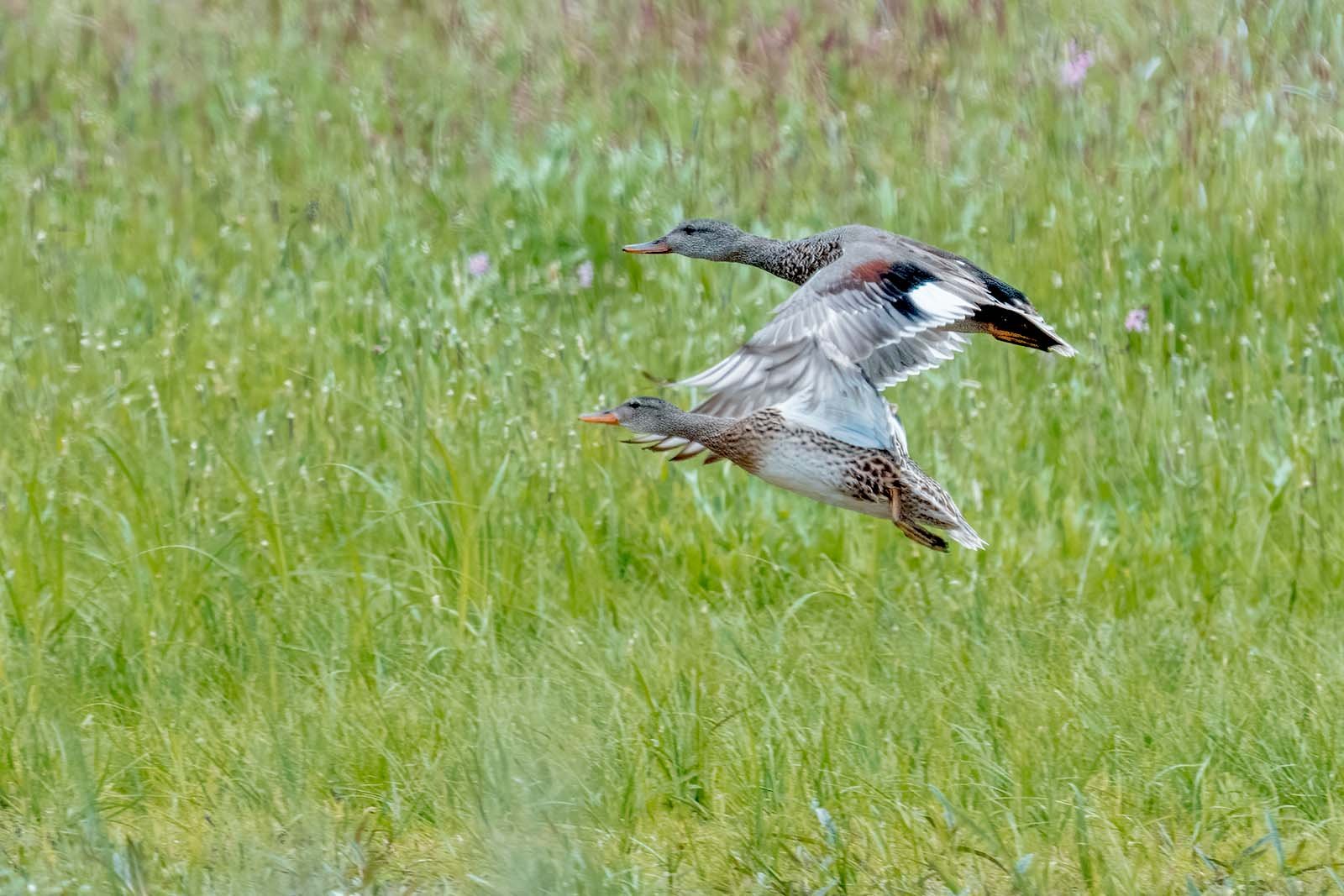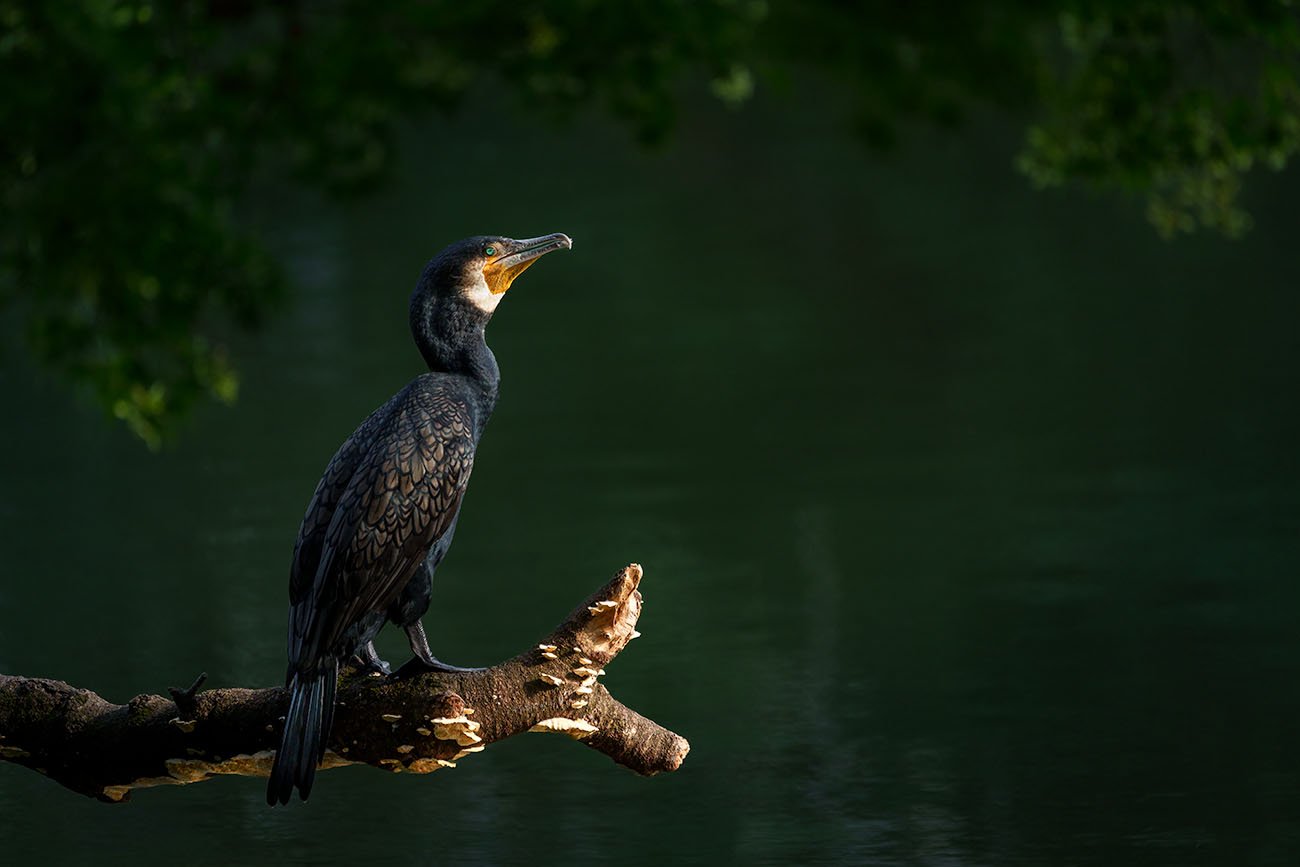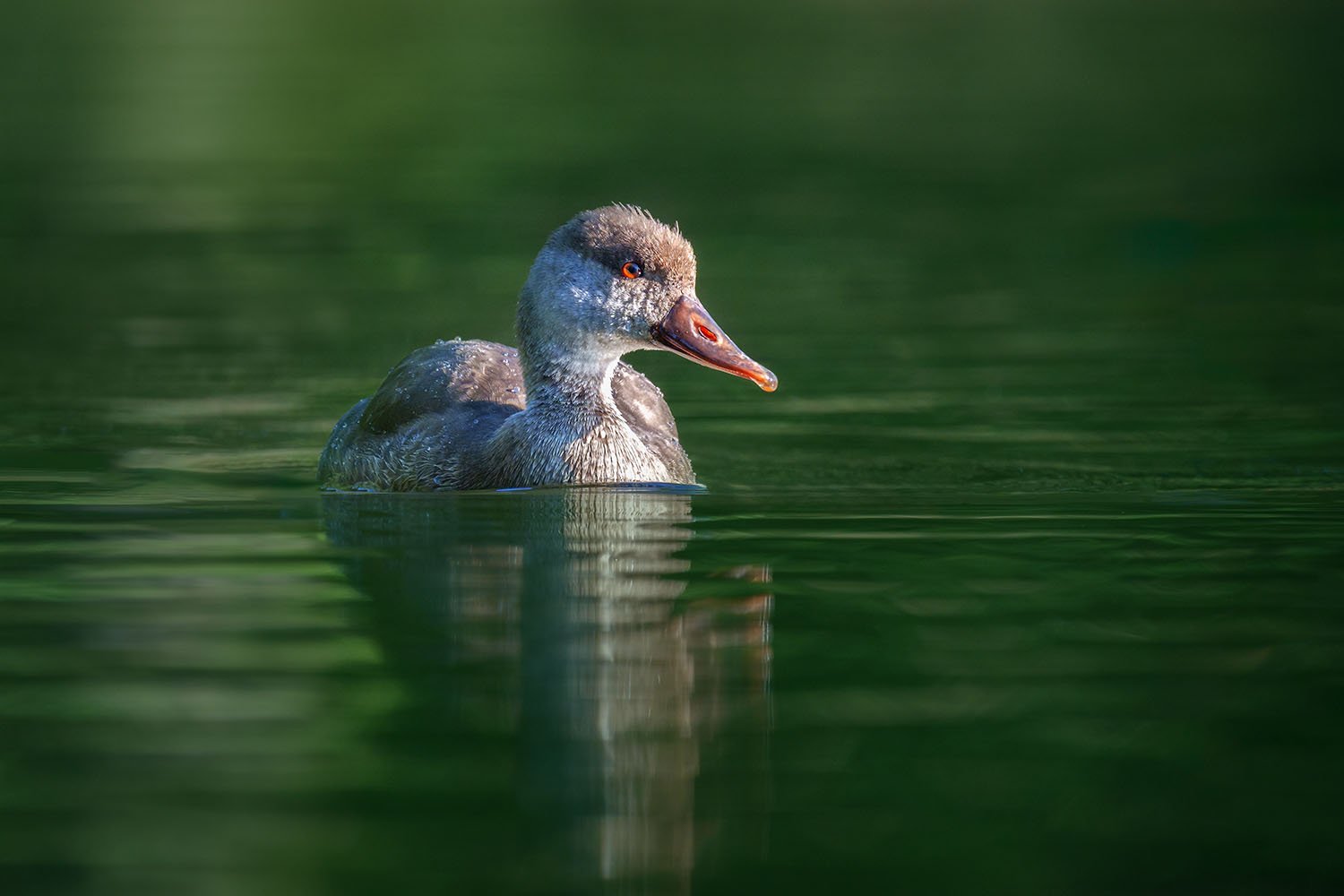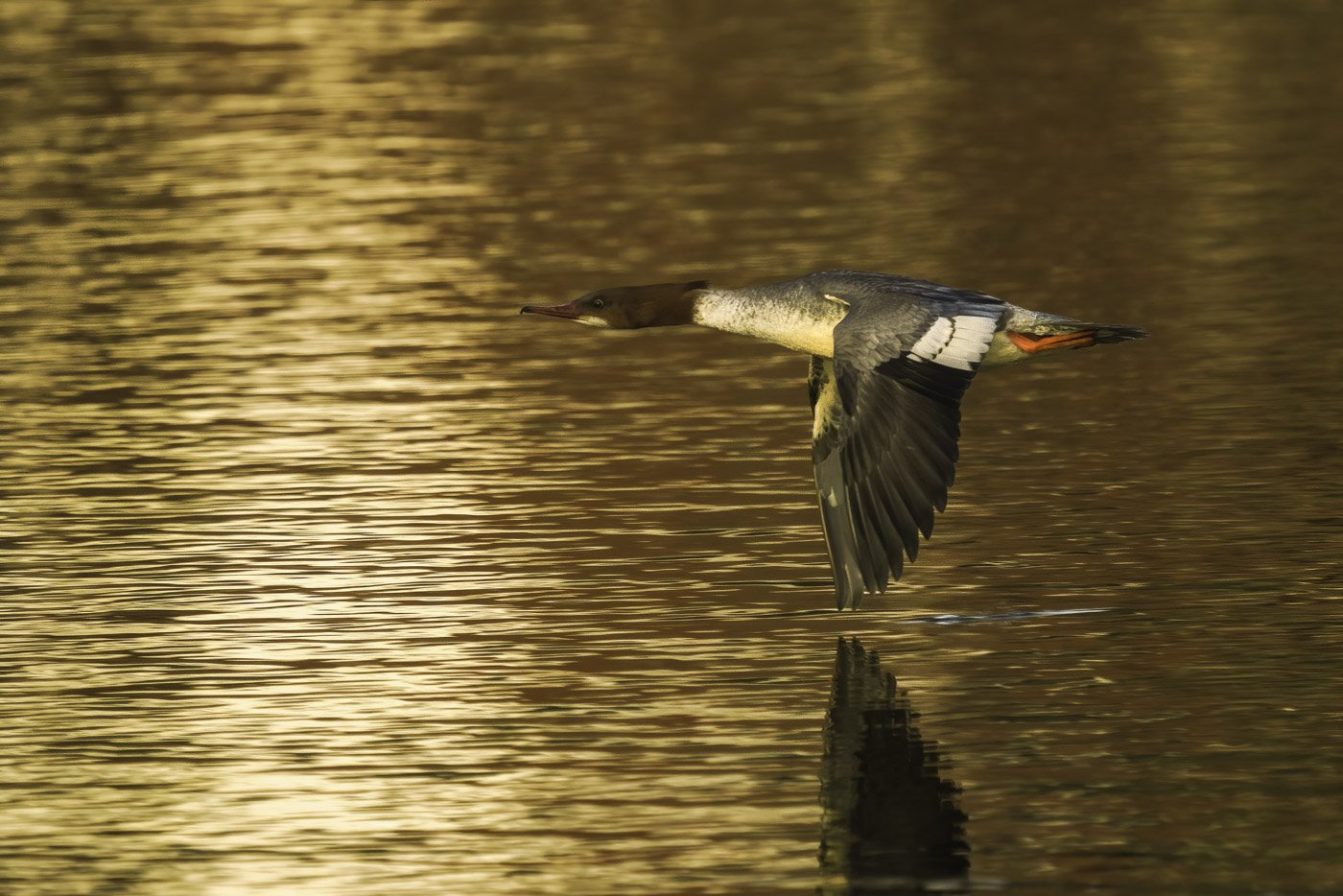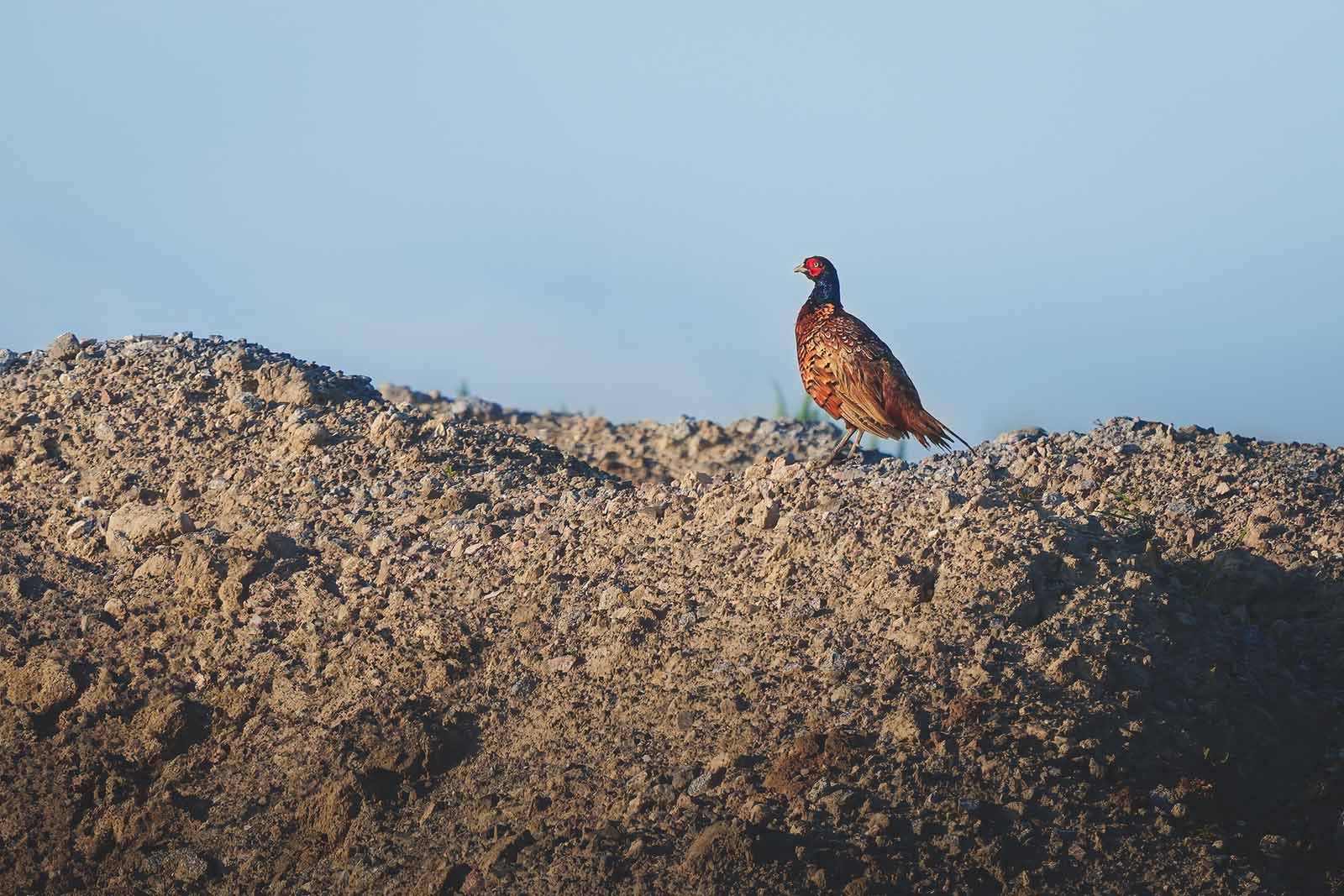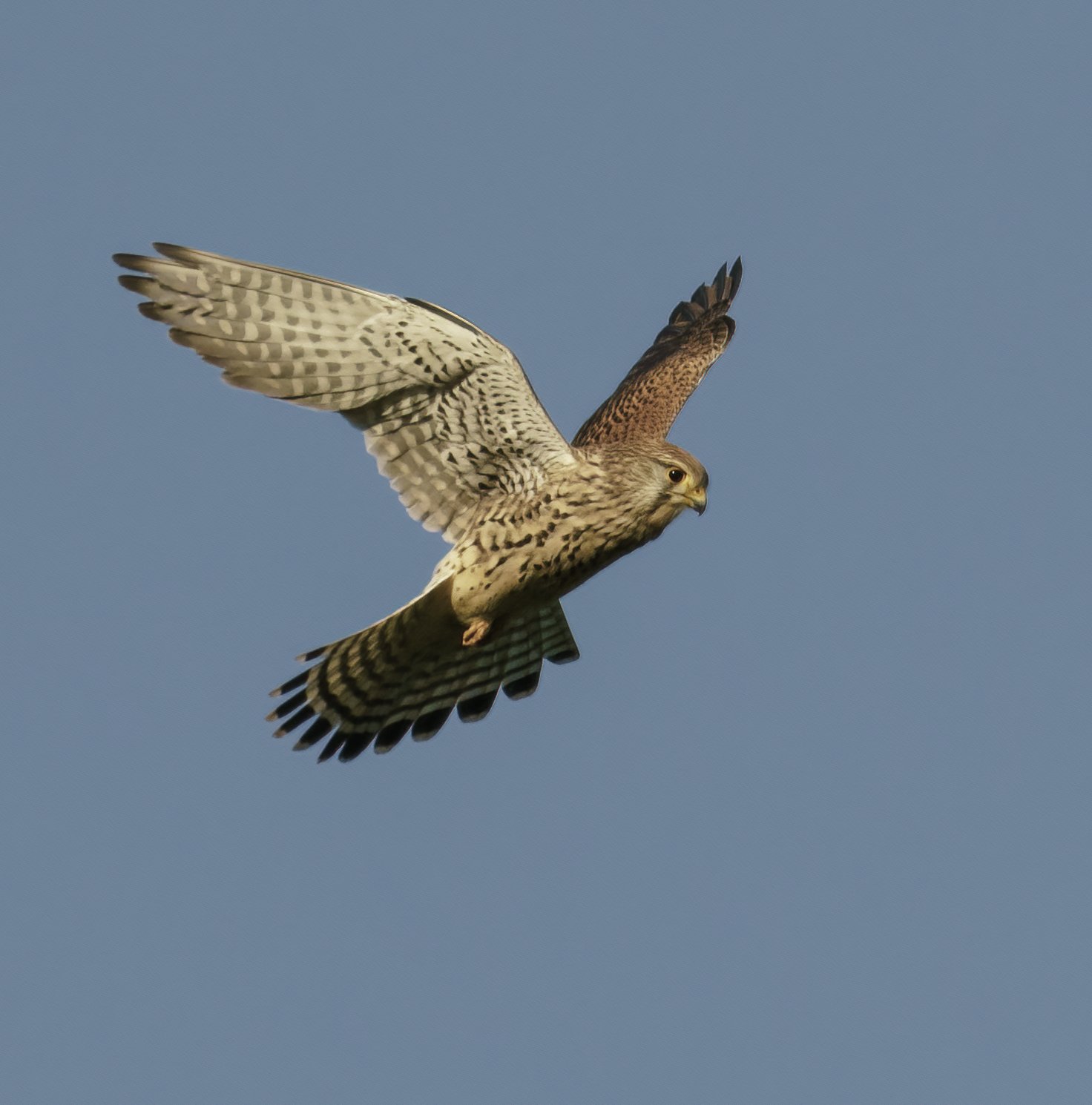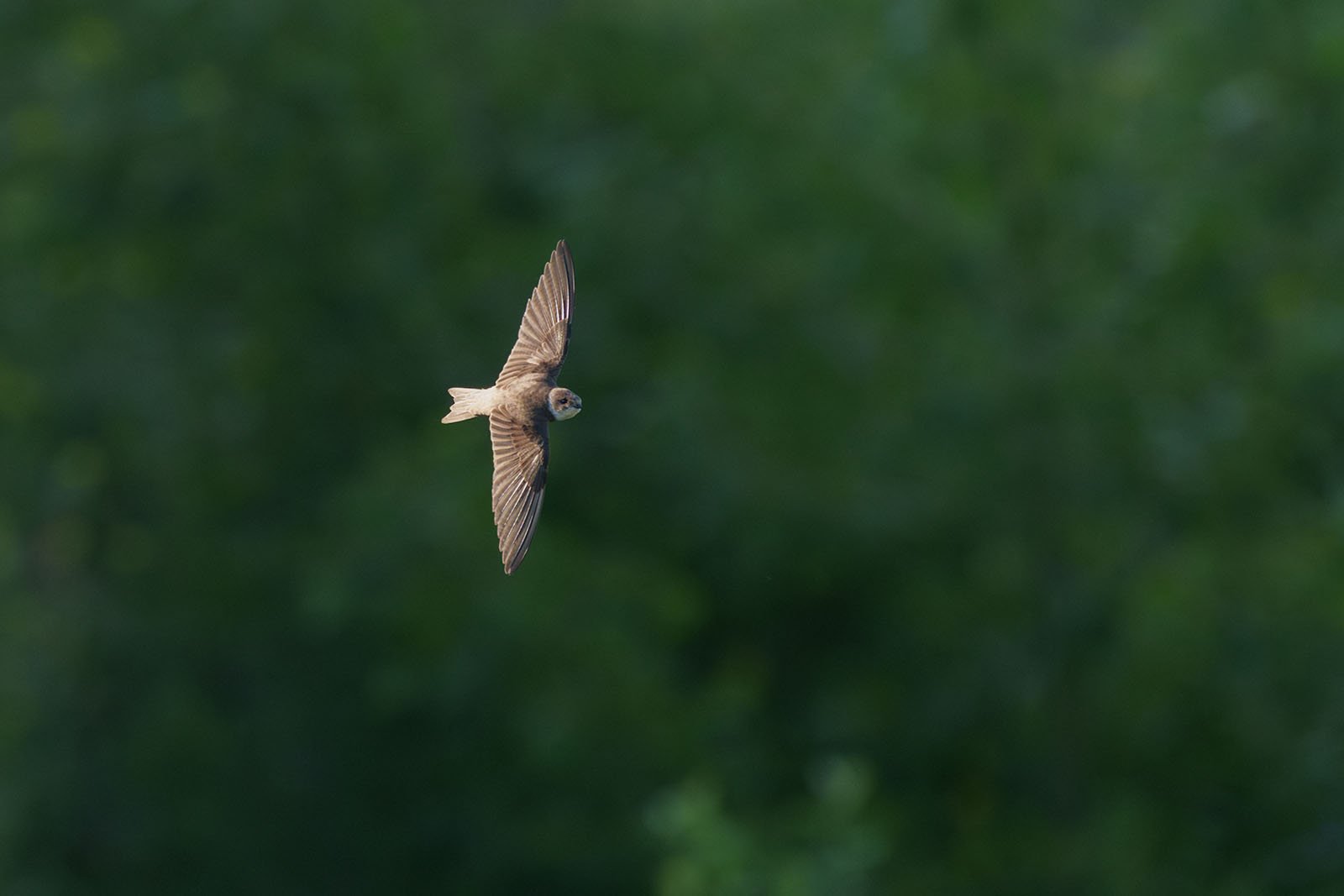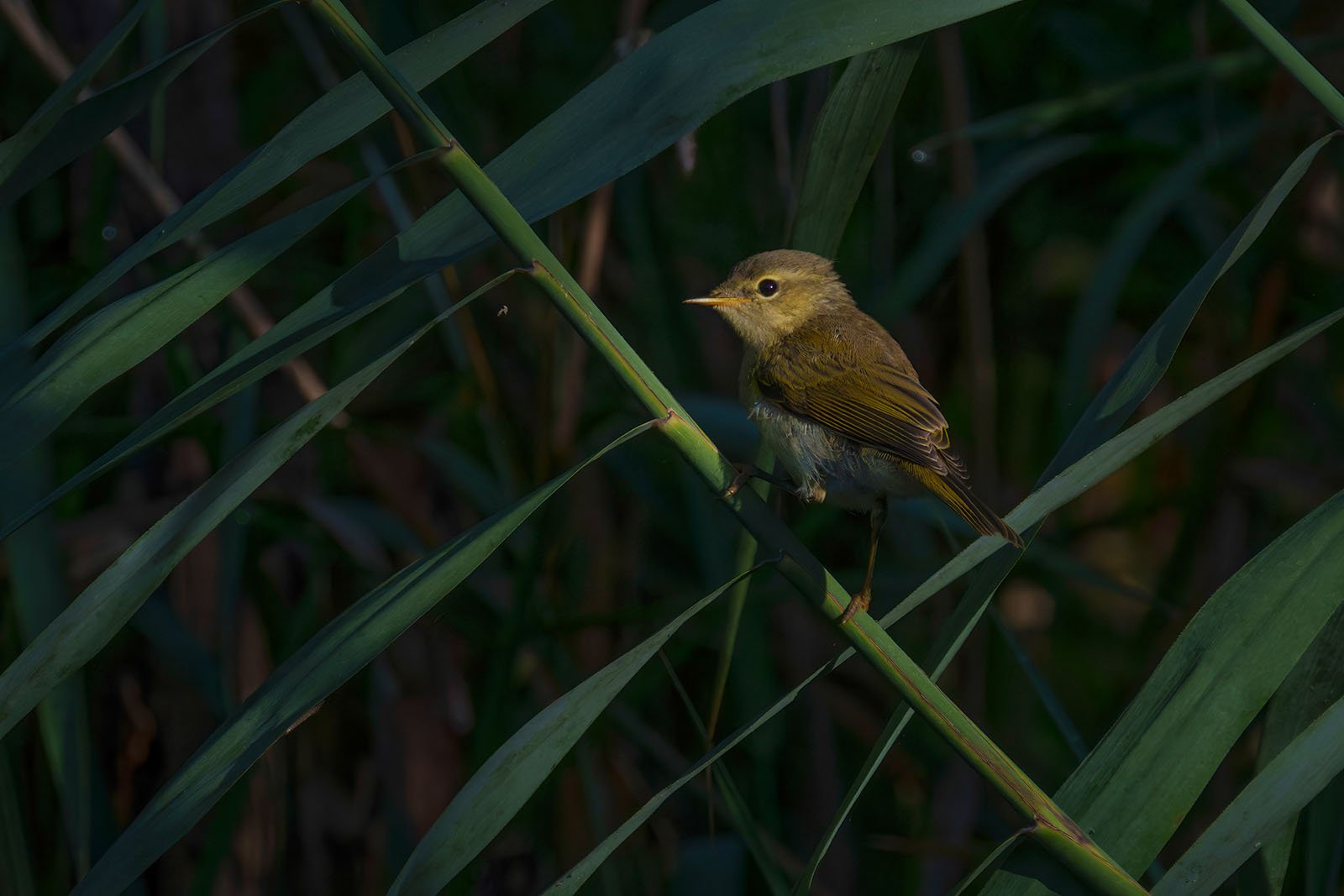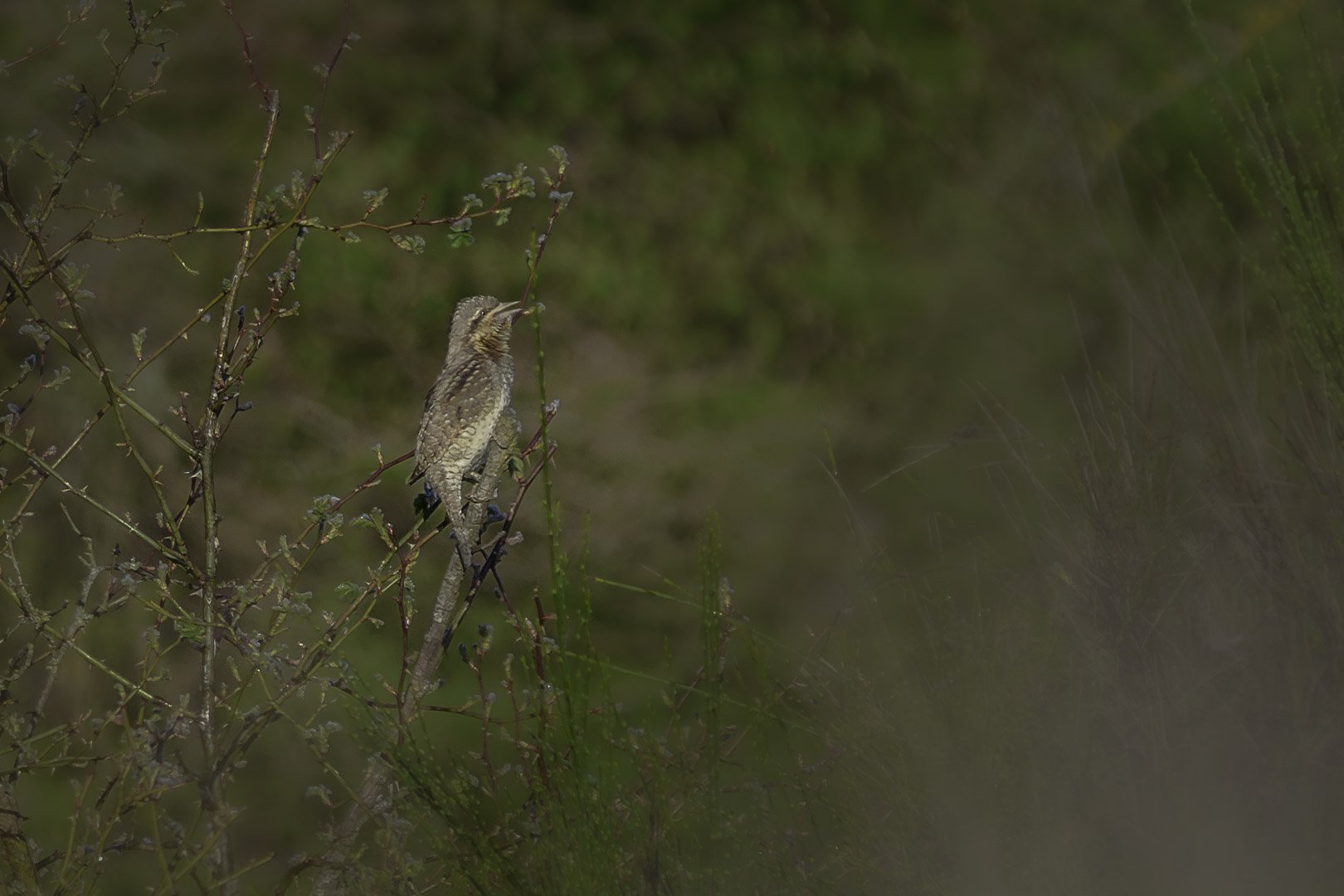European green woodpecker (Picus viridis)
European Green Woodpecker (Picus viridis) on a grassy meadow with bright-green plumage, red crown, and black facial mask
Green Woodpecker: The Red-Capped Ant Specialist
Learn about the Green Woodpecker – its striking colors, love for ants, and fascinating life in gardens, parks, and forests. Perfect for nature lovers!
Table of Contents
- Key Facts About the Green Woodpecker
- Recognizing the Green Woodpecker: Features and Appearance
- Habitat: Where the Green Woodpecker Lives
- Family Life: Breeding and Raising Chicks
- The Green Woodpecker's Diet
- FAQ About the Green Woodpecker
- Quick Summary: Color Features
Key Facts About the Green Woodpecker
Here are the most important facts:
- Size: 30–36 cm (12–14 inches), wingspan up to 52 cm (20 inches)
- Appearance: Green feathers, red cap, black mask
- Habitat: Open woods, parks, gardens, meadows
- Diet: Specializes in ants but also eats insects and berries
- Breeding Season: April to June, 5–7 eggs per clutch
- Special Feature: Males have a red mustache stripe; females have a black one
Recognizing the Green Woodpecker: Features and Appearance
Size and Build
The Green Woodpecker is one of the largest woodpeckers in Europe, measuring up to 36 cm in length with a wingspan of up to 52 cm. Its compact and strong body makes it an elegant flier.
Bright Plumage
Its bright green feathers help the Green Woodpecker blend into trees and grasslands while still catching attention. The yellow-green rump stands out, especially in flight, while the underside is a soft gray-green.
Head and Face
The most striking feature is the bright red cap on its head, present in both males and females. Males also have a red mustache stripe along their strong beak, while females have a black stripe. The black facial mask gives the bird a bold look.
A Powerful Tool: The Beak
The Green Woodpecker’s long, dark gray beak is perfect for breaking into ant nests. It is supported by a long, sticky tongue that acts like a lasso to catch ants deep inside tunnels.
Habitat: Where the Green Woodpecker Lives
Open Landscapes Instead of Dense Forests
Green Woodpeckers love bright, open spaces. They prefer woodlands with clearings, orchards, parks, and meadows. They need trees for nesting but also open areas for feeding.
Range
The Green Woodpecker can be found across Europe and Western Asia. It is not shy and often lives near people, making it a common sight in gardens and parks.
A Ground-Dwelling Acrobat
Unlike many other woodpeckers, the Green Woodpecker is often seen on the ground, searching for ants. But it is equally at home climbing trees with its strong claws and acrobatic skills.
Family Life: Breeding and Raising Chicks
Start of the Breeding Season
In spring, the Green Woodpecker becomes busy. From April to June, the male uses its beak to carve a nest hole in soft or decayed wood.
Eggs and Care
The female lays 5–7 eggs in the newly built nest. After about two weeks of incubation, the chicks hatch. Both parents feed the young birds until they leave the nest after 3–4 weeks.
The Green Woodpecker's Diet
Ants: A Favorite Food
Green Woodpeckers are specialists when it comes to ants. They use their long, sticky tongue to pull ants and larvae out of nests and tunnels. This is why they are often seen on the ground.
A Little Variety
In addition to ants, they eat other insects, berries, and fruits, especially in winter when ants are harder to find.
FAQ About the Green Woodpecker
Why is the Green Woodpecker often on the ground?
It searches for ants, its favorite food.How can you tell males and females apart?
Males have a red mustache stripe, while females have a black stripe.Where can I see Green Woodpeckers?
In open woods, parks, gardens, and meadows. Look on the ground or tree trunks!What do Green Woodpeckers eat besides ants?
They also eat other insects, fruits, and berries.How do Green Woodpeckers build their nests?
They use their strong beak to carve a hole in soft or decayed wood – a perfect home for their chicks.
Quick Summary: Color Features
- Plumage: Green with a yellow-green rump
- Head: Red cap (both males and females)
- Face Mask: Black, extending to the cheeks
- Beak: Long, strong, dark gray
The Green Woodpecker combines striking colors with unique behavior. Whether on the ground hunting ants or climbing trees, this bird is a true highlight for nature lovers. Next time you’re outdoors, watch for its red cap and green feathers – you won’t regret it!


